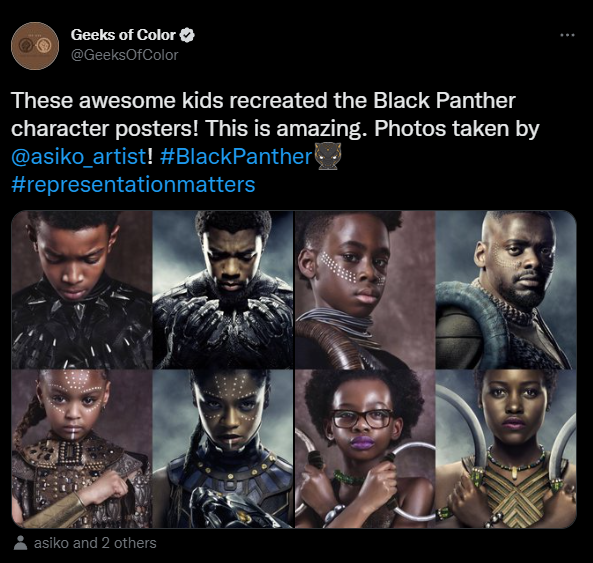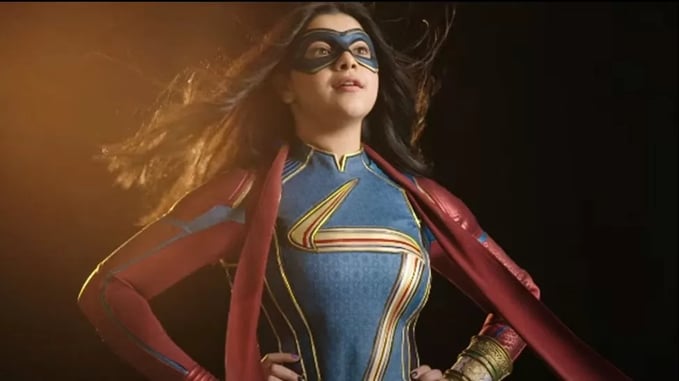As educators prepare their classrooms each day to create the best experiences for students, they pay close attention to every little detail to make sure their classroom feels inviting and welcoming.
However, one detail that is often overlooked but that can have a huge and long-lasting impact on creating an inclusive learning environment for all students is selecting content that represents our students. I know we have heard the phrase “why representation matters” a lot recently and it may sound like a cliché to some, but research has shown this to be both true and impactful. Hence the push for girls in STEM, BIPOC, and gender representation in films and other industries.
Why representation matters to your students
Young children and teenagers are often influenced by what they see and read on social media. When students see positive images of someone who looks and sounds like them or comes from where they are from, it helps to build their confidence and helps other students who may not have exposure to other cultures become more understanding.
Media representation makes a difference…
For example, we have seen social media images and excitement that erupted depicting children seeing themselves on screen as characters in Black Panther.

We also have Ms. Marvel, a South Asian Superhero.

People are yearning to see themselves depicted in a positive manner as evidenced by the success of motion pictures such as Encanto, or the diverse Disney princesses and movies.
…Classroom representation is even more crucial
The media we consume has a profound impact on how we see, understand, and treat people both within and different from our race or ethnicity. The same holds true for the content our students read, watch, or interact with in our classrooms. Every student wants to feel as if they are included in the school and classroom community, and we can do this by creating inclusive learning environments that represent the many voices and faces of our students. What better way to show students they matter than to present content that shows people that look and sound like them?
Inclusive learning experiences: The Minecraft Good Trouble lessons
This subject is near and dear to my heart which is why I, along with two colleagues (Dr. Natasha Rachell and Ken Shelton), created the Minecraft Good Trouble lessons. After the George Floyd incident and at the height of the social unrest that plagued the United States during the summer of 2020, we wanted to expose students to the positive stories of people who may not necessarily look like them to help them develop understanding, empathy, and acceptance of others.
Using games like Minecraft for compelling storytelling in the classroom
We created these stories in a platform and manner that was both age-appropriate and engaging, Minecraft Education Edition. Students are escorted through the Good Trouble World by Congressman John Lewis as they get to meet and interact with diverse activists from around the world, such as Alicia Garza, Patrisse Cullors, and Opal Tometi (founders of the Black Lives Matter Movement), Dr. Martin Luther King and Rosa Parks who fought for Civil Rights.
They also learn about Malala who fights for girls’ education in Pakistan, Nelson Mandela as he advocated against apartheid in South Africa, Ghandi standing up for India’s independence, and Emmeline Pankhurst and she fought for women’s right to vote in Victorian England. All of these activists have gotten into Good Trouble standing up for the rights of others.
Inclusive learning experiences are gaining ground
In his article, Why Representation Matters and Why it’s Still not Enough, Dr. Kevin Nadal tells us that not only does positive media image or representation help increase the self-esteem of young marginalized students, but it can also help reduce stereotypes of marginalized or underrepresented groups.
The overwhelmingly positive feedback these lessons received let us know the acceptance of this type of inclusive content. The Minecraft Good Trouble Lessons have become the most downloaded world in Minecraft History and have laid the foundation for the telling of other people’s stories in Minecraft and other platforms.
Why representation matters: a challenge for teachers
My challenge to teachers this school year is to be deliberate in creating an inclusive learning environment for your students by continuing to provide inclusive content that represents the stories of the communities represented in your classrooms.
For the Good Trouble Lesson and others like it, you can explore the Equity & Inclusion Minecraft Subject Kit. Another great way for educators to create an inclusive learning environment in their school and classroom is through the books they select. Books with an accurate representation of students’ culture contribute to our students’ self-worth and allow young people to connect not only with themselves but with their culture at a deeper level.